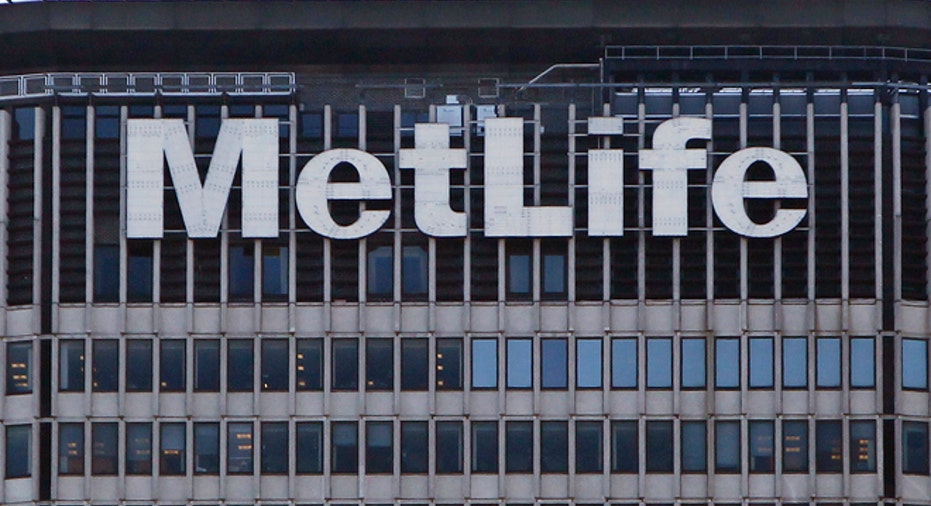MetLife's Planned Divestiture Is Latest Fallout From Stricter Regulation

MetLife, Inc.'s decision to divest a large piece of its U.S. life insurance unit is the latest fallout from stricter rules imposed on large financial firms following the 2008 financial crisis.
While MetLife isn't the first firm to reshape itself after being labeled "systemically important," its decision is the most surprising to date. MetLife had been fighting to avoid having to make these sorts of changes, including pursuing a legal appeal that is set for a hearing before a federal judge in less than a month.
MetLife's decision also came before its new regulator, the Federal Reserve, published a draft of the rules MetLife and other companies designated as "systemically important financial institutions" will have to follow. The company appears to have concluded that even though the rules aren't clear yet, they are likely to penalize certain operations within MetLife to the point where it makes more sense to divest them.
The Fed's pending rules will include higher capital requirements and potentially other curbs on risk-taking. The Fed has promised to tailor capital rules to the business of insurance firms, but it has also suggested that it will seek to impose tougher capital requirements on some activities. Fed governor Daniel Tarullo, the Fed's regulatory czar, in a September speech singled out annuities and other examples of insurance firm liabilities that could potentially raise regulatory concern. MetLife's Tuesday news release said about 60% of its U.S. variable annuity account values would be part of the new company.
MetLife's decision is likely to embolden both supporters and critics of the U.S. process for regulating large, nonbank financial firms--a process Congress could reconsider soon especially if Republicans gain power in national elections this November.
MetLife is the second of the four nonbanks that have received the SIFI tag to announce plans to divest some operations. The other, General Electric Co.'s financing arm, has gone even further than MetLife in seeking to reduce its size by 70%. A third, American International Group Inc., is facing shareholder pressure to shrink.
Supporters say the goal of the SIFI process under the 2010 Dodd-Frank law was precisely to force large, complex financial firms to shrink and simplify, or pay higher regulatory costs that reflect the risks they pose to the broader economy. Critics say the council has gone too far in putting firms such as MetLife, which weren't at the center of the 2008 financial crisis, at a competitive disadvantage.
If MetLife doesn't succeed in its lawsuit to overturn the SIFI label, it could appeal directly to regulators to have the label rescinded, arguing that by divesting certain businesses it has become less risky to the financial system. MetLife Chief Executive Steve Kandarian didn't foreclose that possibility in a statement that said the company would also continue pursuing its case in federal court.
It isn't clear such an effort would succeed. The Financial Stability Oversight Council, the group of regulators who decide SIFI labels, has never removed the label once applied. The group cited many aspects of MetLife's business as risky when it applied the label in December 2014.
GE Capital is expected to test the waters later this year by petitioning to have its label removed in the wake of significant divestitures.
The oversight council, which annually re-evaluates its decision to designate firms as systemically important, has said it would focus on "material changes" at companies or the markets in which they operate. The council includes representatives of major financial overseers including the Federal Reserve and the Securities and Exchange Commission.
By Ryan Tracy



















